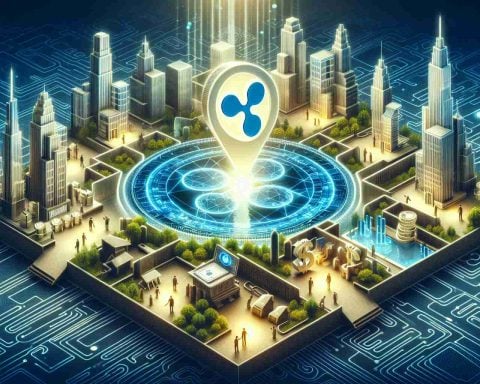Despite being at the forefront of the world of digital currencies, not everyone knows exactly how Bitcoin is made. The process, akin to digital gold mining, is both fascinating and intricate. Let’s delve into how individual bitcoins come to be.
Bitcoin is created through a process called mining. Unlike traditional mining that extracts precious metals from the earth, Bitcoin mining is entirely digital. It involves computers solving complex mathematical puzzles. These puzzles are part of a blockchain, a decentralized and secure public ledger of all Bitcoin transactions.
When a computer successfully solves a puzzle, it adds a new block to the blockchain and is rewarded with newly created bitcoins. This entire process is highly competitive, as miners across the globe strive to solve these puzzles first. The difficulty of these puzzles adjusts automatically to ensure that bitcoins are mined at a fixed rate, approximately every ten minutes.
The technology behind this involves numerous miners verifying and validating transactions, which ensures the security and integrity of the Bitcoin network. The reward for providing this computational power to the network is the newly created bitcoins, which incentivizes miners to sustain the system.
Interestingly, the total supply of Bitcoin is capped at 21 million coins. As of now, a significant number of these have already been mined. This scarcity is part of what drives Bitcoin’s value and appeal.
Ultimately, the process behind Bitcoin’s creation highlights the fusion of cryptographic expertise and decentralized technology, making it an intriguing financial phenomenon of our time.
This Is How Bitcoin Mining Could Change Your Life
While the method of producing Bitcoin may seem straightforward, it’s imperative to recognize the deeper implications this process has on various facets of life. The environmental impact is a frequently discussed controversy surrounding Bitcoin mining. Since the process demands substantial computational power, it consequently requires a significant amount of energy, often leading to increased carbon emissions. This has sparked debates on the sustainability of Bitcoin and whether the potential profits justify the environmental cost.
Moreover, the decentralized nature of Bitcoin mining has considerable pros and cons. On the plus side, decentralization reduces the control of financial institutions and governments over personal finances, offering an alternative to traditional banking systems. This can be especially beneficial for individuals in countries with unstable economies, where traditional currency may be subject to devaluation.
However, the disadvantages include regulatory challenges, as governments struggle to regulate a currency that doesn’t adhere to conventional financial policies. Additionally, the volatile value of Bitcoin can lead to financial instability for investors who do not fully understand the risks involved.
Given these facts, is Bitcoin mining truly beneficial, or does it pose more challenges than solutions? This decision varies widely and depends on individual perspectives on technology, finance, and environmental responsibility.
For more information and ongoing discussions about Bitcoin and its impact, visit Bitcoin.org and Blockchain.com. These platforms provide further insights into the Bitcoin universe, offering educational resources and up-to-date news about the digital currency landscape.
















